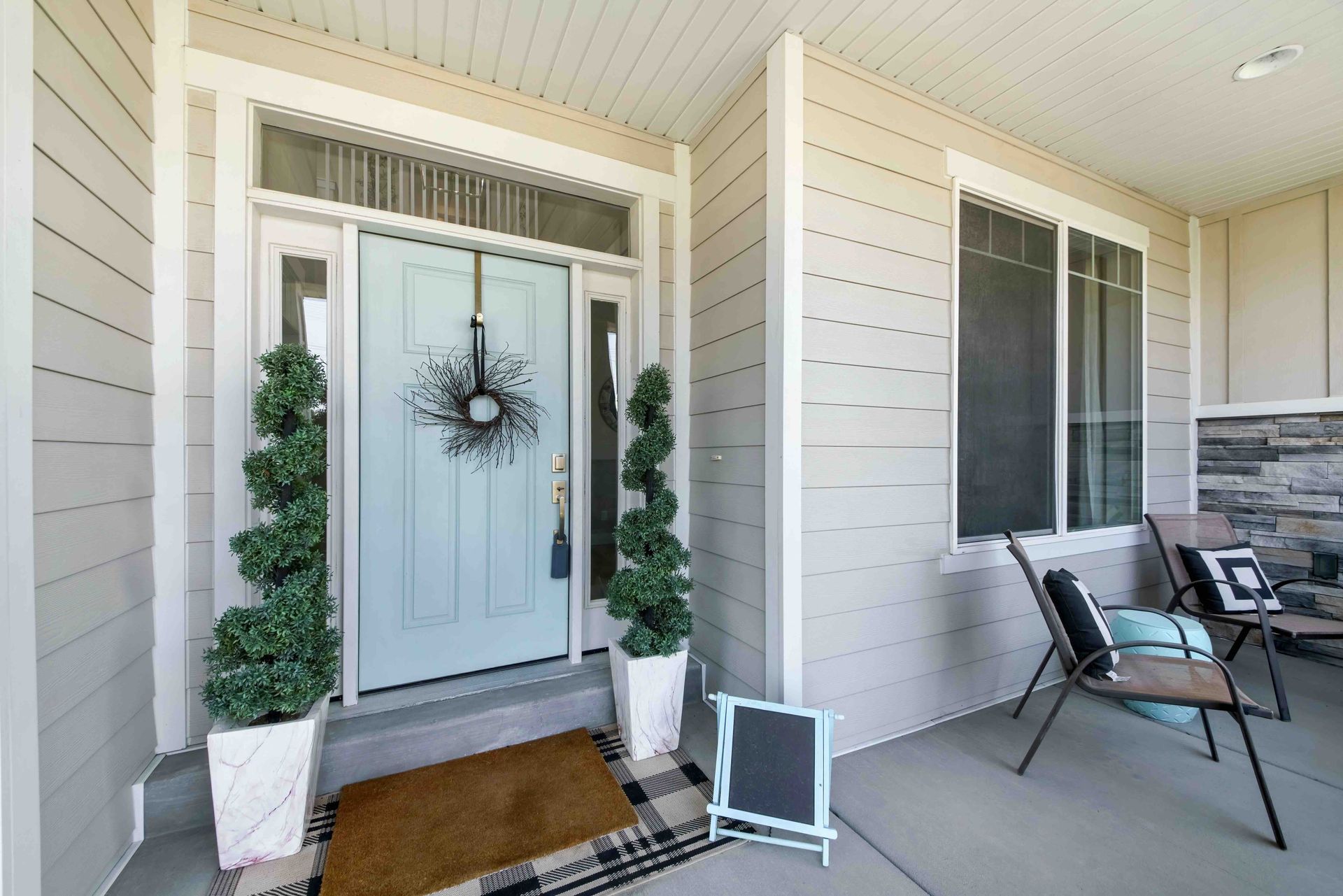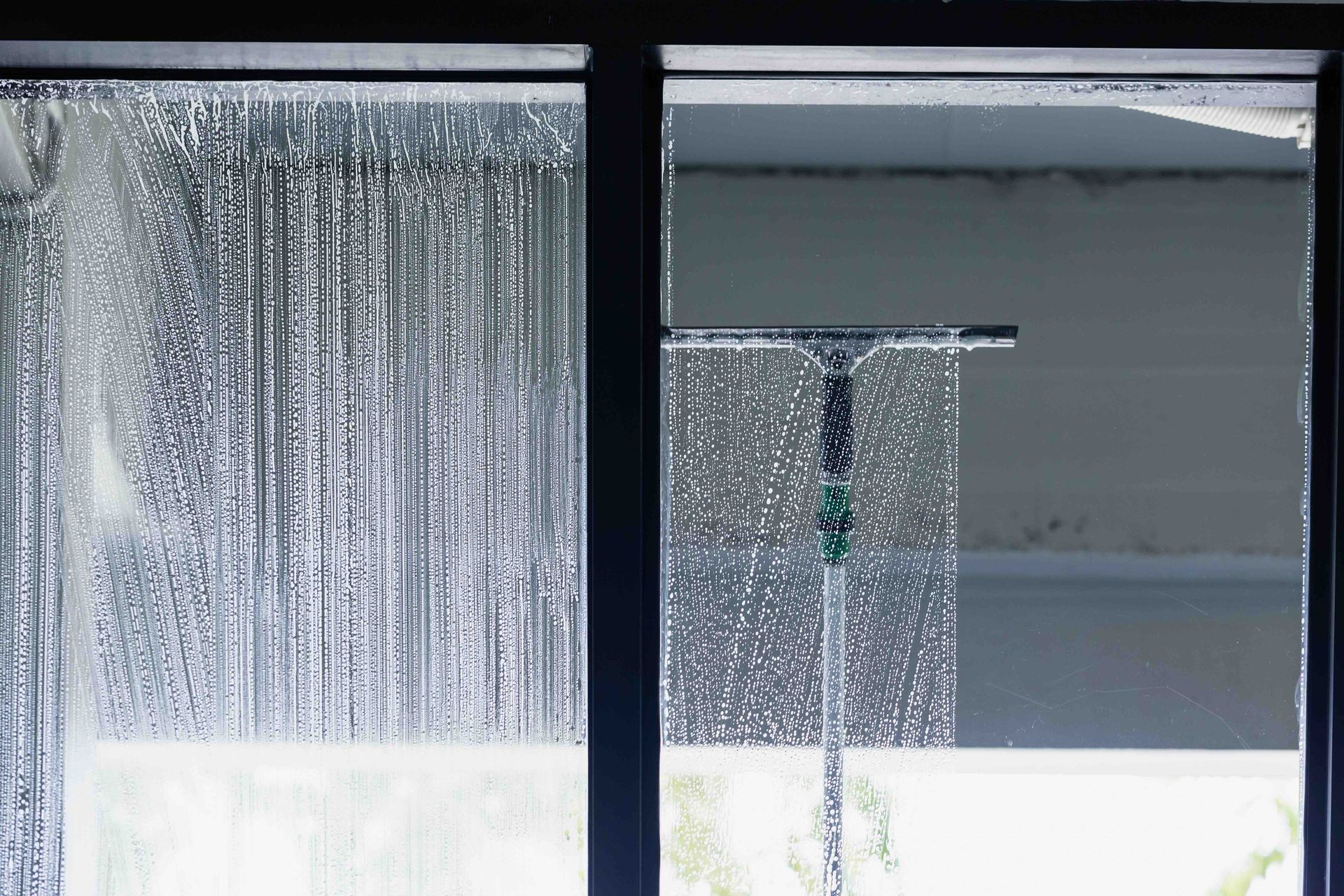Childproofing Your New Home for Couples (Old and New)
Moving into a new home in Grand Rapids is an exciting milestone, especially for couples or newlyweds just beginning their journey together. Among all the things you'll plan and personalize, ensuring your home is safe for future children is one of the most thoughtful preparations you can make.
Are you looking for a new home in Grand Rapids, MI?
Be sure to check out Cornerstone Home Group’s homes for sale in Grand Rapids. You can also drop by our merch shop for your new fit for the day! And whether you are buying a home or selling a home, we have you covered.
Drop us a line today if you have any questions, too.
1. Understanding the Need for Childproofing
Many people associate childproofing with crawling infants and toddlers. Still, the reality is that young children explore every nook and cranny of a home as soon as they can move independently. By childproofing early on, you give yourself peace of mind, knowing that your home will be ready for every stage of your future child's growth. This proactive approach also helps you familiarize yourself with your home's potential hazards, making you a better-prepared parent.
2. Start with Hazard Assessment
The first step to childproofing your home is to walk through each room and note any potential hazards. As you explore each room, imagine how a child would interact with it—consider places a baby might reach, pull, or bump into. Common hazards include sharp corners, electrical outlets, loose cords, and accessible cabinets. Make a systematic checklist to tackle each area, ensuring no detail is missed.
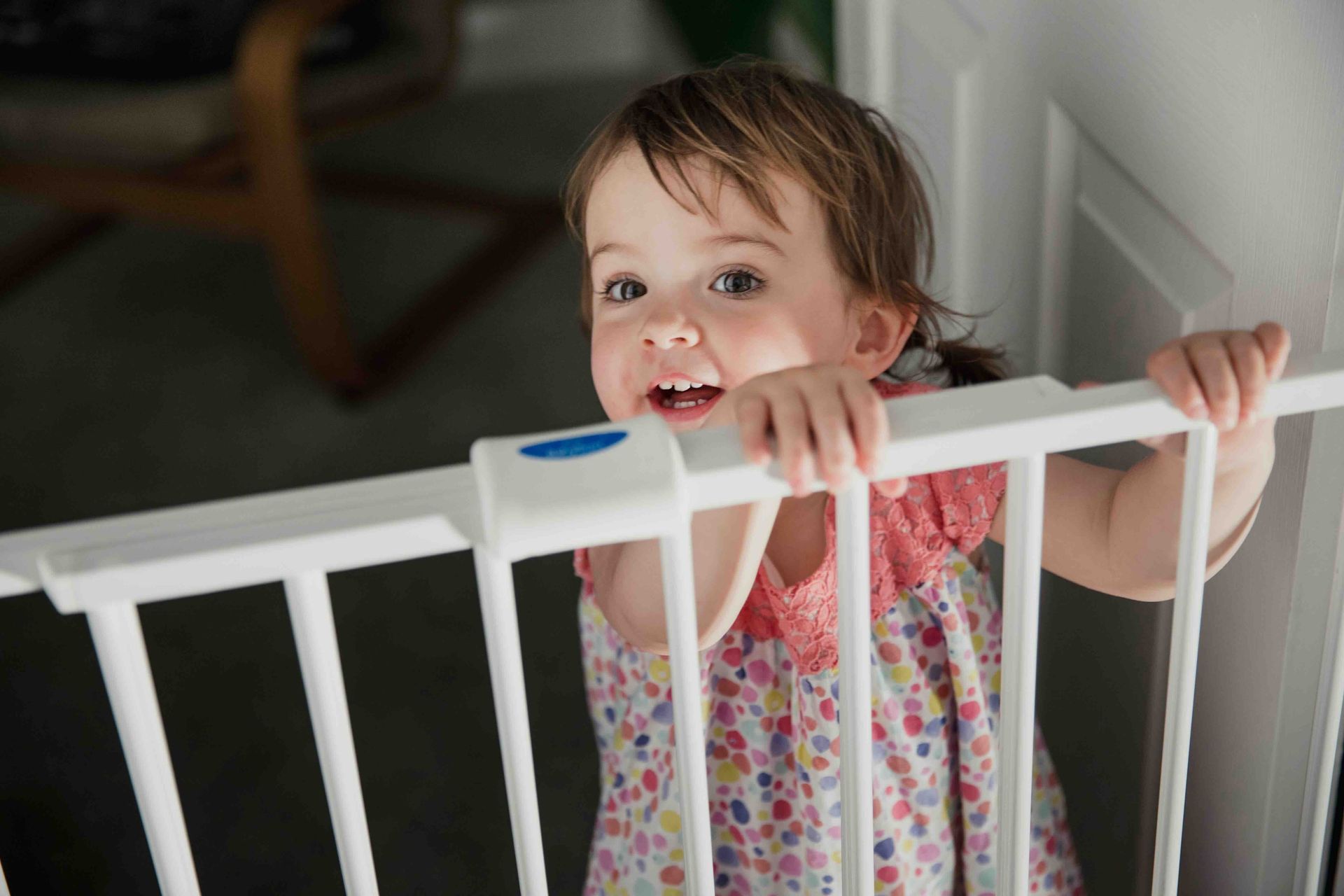
3. Living Room Safety
The living room is often the heart of the home and where families spend a lot of time. Unfortunately, it can also contain many hazards for children.
- Securing Furniture and Electronics
Large pieces of furniture, such as bookshelves, entertainment centers, and TVs, should be anchored to the wall to prevent them from tipping over. Wall mounts for TVs are especially useful in childproofing. - Cover Sharp Corners
Coffee tables, side tables, and TV stands with sharp edges can be dangerous for young children just learning to walk. Using corner guards is an easy way to minimize injury risk. - Organizing Small Items and Décor
Decorative items like vases, photo frames, and small figurines can be tempting for curious hands. Place fragile or small objects on higher shelves well out of a child's reach.
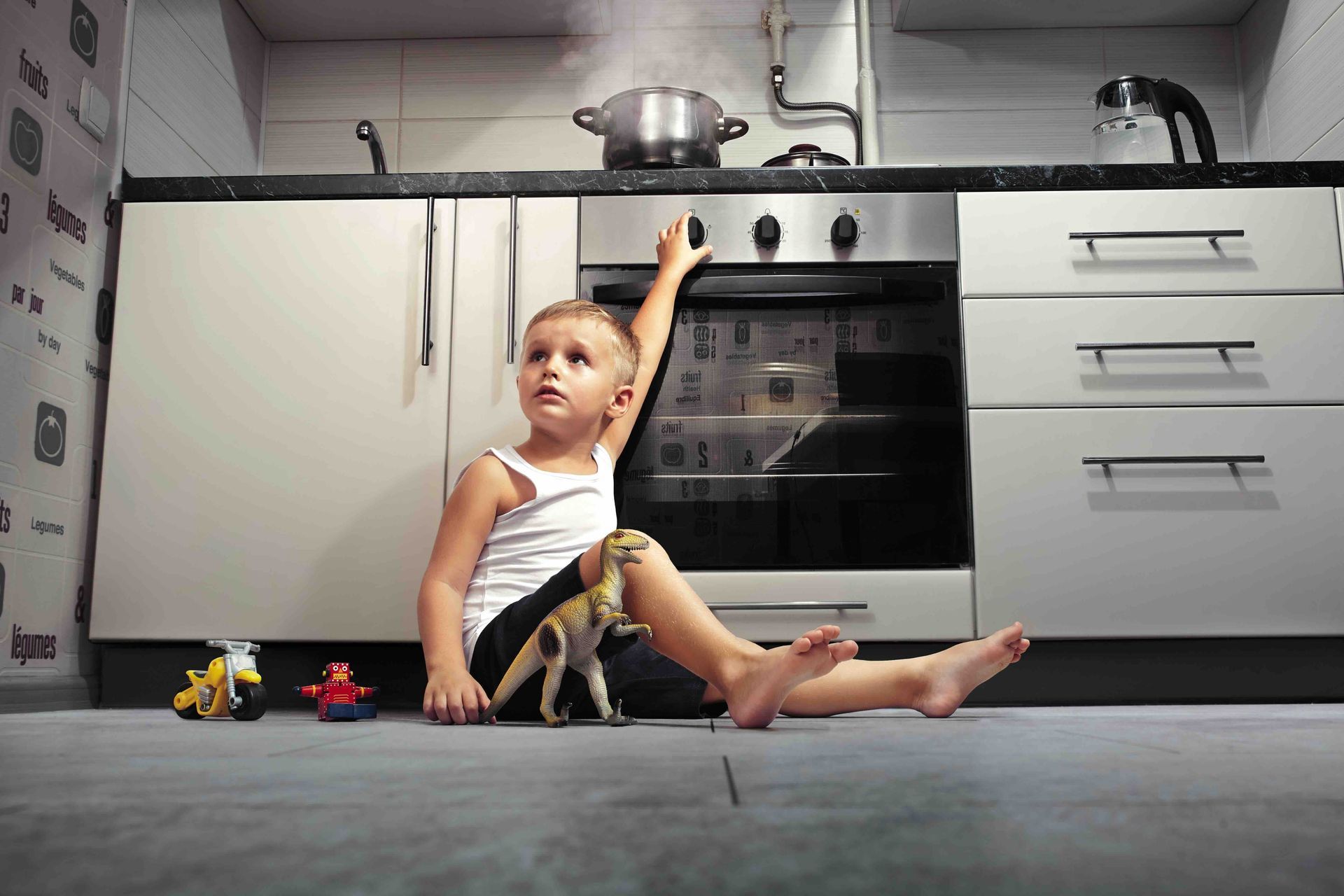
4. Kitchen Precautions
The kitchen can be a fascinating yet risky place for a child, filled with intriguing appliances, sharp objects, and potentially dangerous cleaning supplies.
- Lock Cabinets and Drawers
Childproof locks on cabinets and drawers are crucial in the kitchen, especially those that house cleaning products, sharp utensils, or heavy pots and pans. Many locks are adhesive and easy to install. - Stovetop Safety
Knob covers can prevent children from accidentally turning on the stove. For an extra layer of protection, consider using a stove guard to keep small hands from reaching hot burners. - Store Heavy and Sharp Items Up High
Keep knives, glassware, and other dangerous items in upper cabinets or securely locked lower cabinets. The same goes for small appliances that might be tempting to touch, like toasters and blenders.
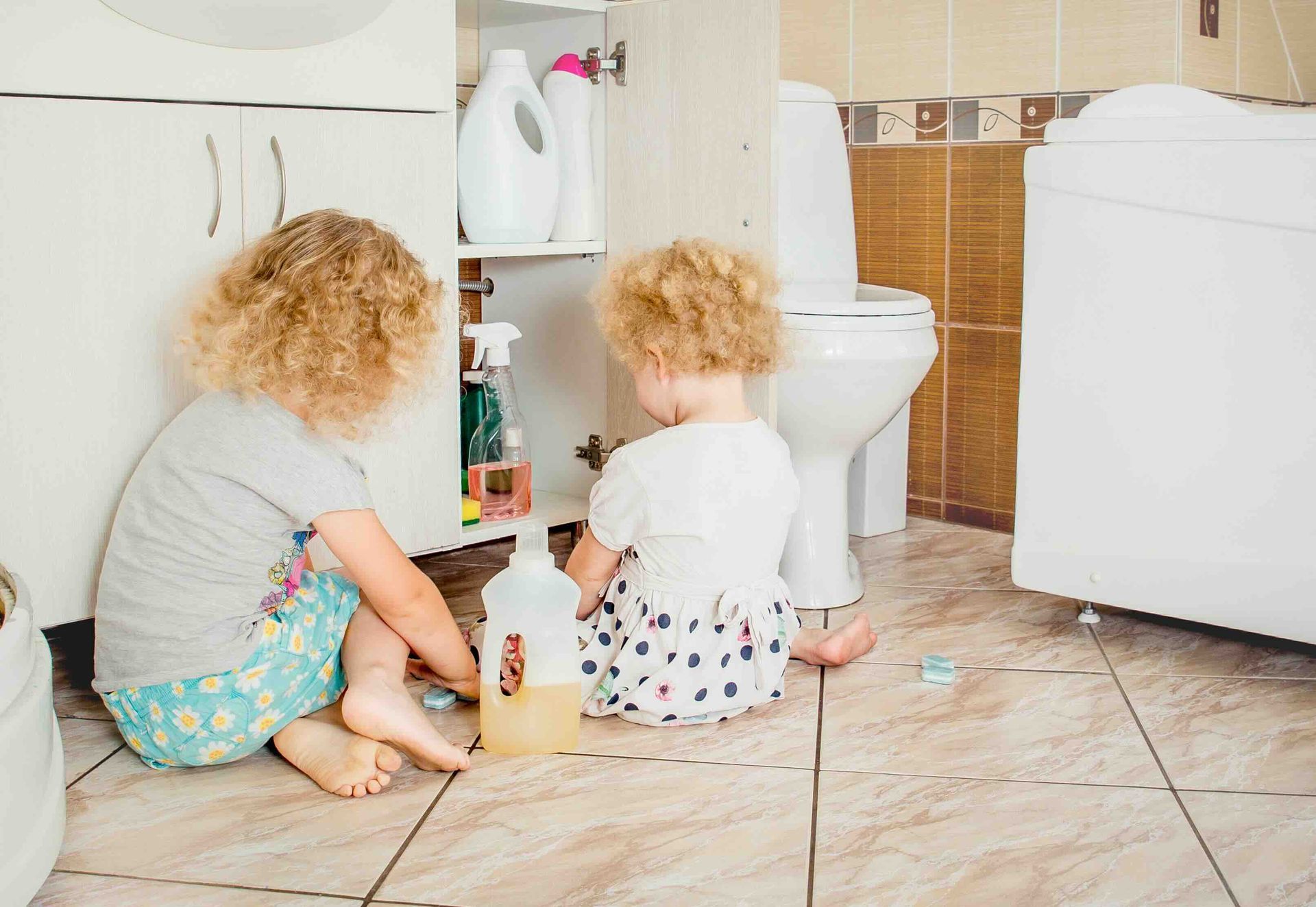
5. Bathroom Safety Measures
Bathrooms are often compact spaces, but they contain many potential hazards.
- Install Toilet Locks
Young children are curious, and toilets can be tempting places to explore. A toilet lock is a simple solution to prevent accidents and keep children from accessing unsanitary areas. - Anti-slip mats and Faucet Covers
Wet surfaces are a common cause of slips and falls. Anti-slip mats in the bathtub and bathroom floor can help prevent this. Also, using faucet covers in the tub prevents accidental bumps and can soften the impact if a child slips. - Store Medications and Cleaning Products Safely
Even if your bathroom cabinets are high, it's best to use a locking cabinet or a childproof container for medicines and cleaning supplies.
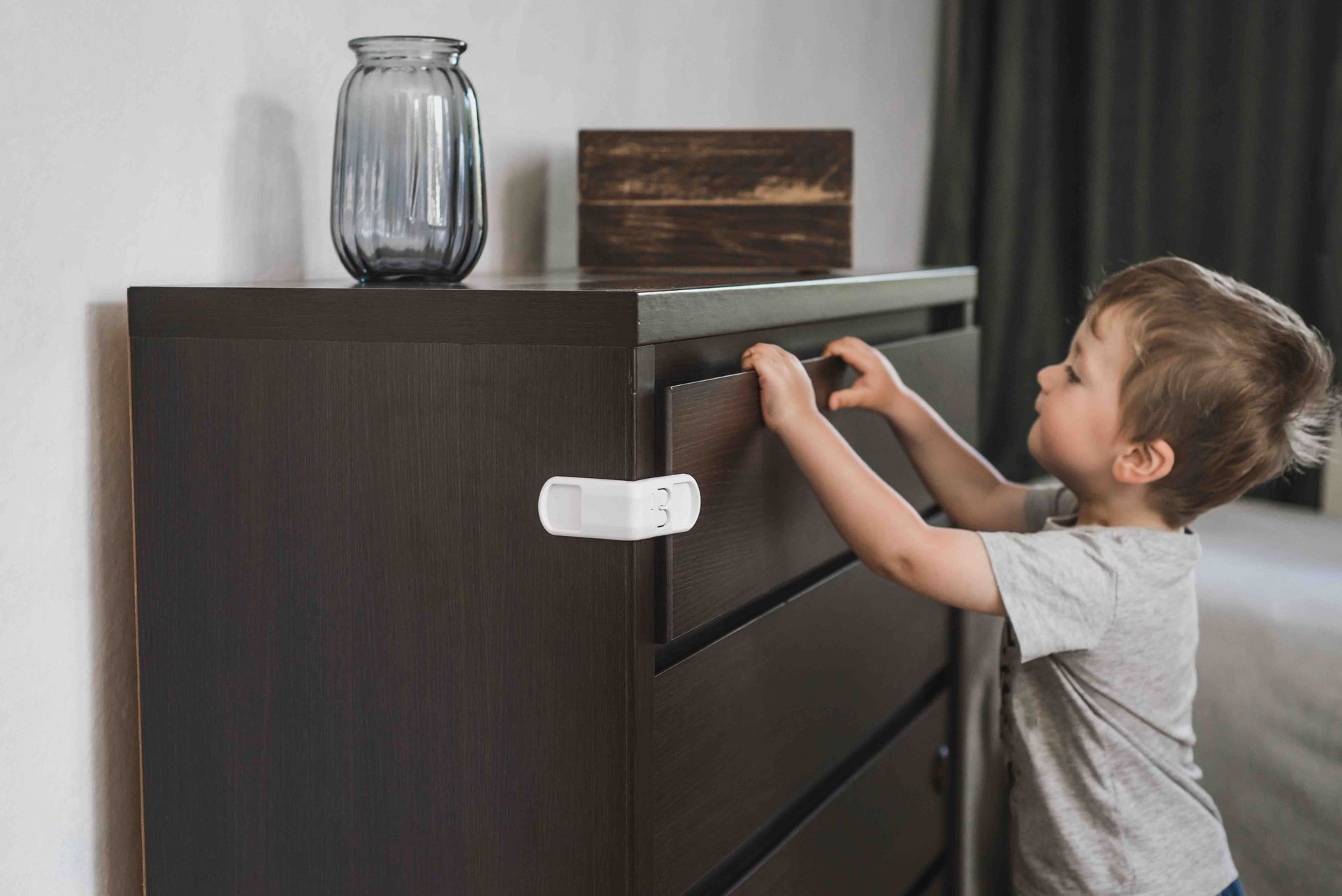
6. Bedroom and Nursery Safety
Preparing a nursery is one of the most exciting parts of setting up a new home for parents-to-be. However, safety should be prioritized alongside comfort and style.
- Crib Safety
The crib should be placed away from windows, shelves, or cords. Be sure to choose a crib that meets current safety standards, with no more than 2 3/8 inches apart slats to prevent entrapment. - Mind the Heavy Furniture
Just like in the living room, furniture in the bedroom should be anchored to the wall, particularly dressers and bookshelves that children might try to climb. - Be Mindful of Small, Decorative Items
Babies can easily reach and mouth anything within arm's reach once standing. Remove or elevate items like lamps, books, and picture frames to reduce the risk of injury.
7. Electrical Safety Throughout the Home
Electrical outlets and cords are often at eye level for small children, making them irresistible. Simple precautions can eliminate this common risk.
- Outlet Covers
Childproof outlet covers are essential to prevent accidental shocks. For an extra measure, consider using tamper-resistant outlets designed to block foreign objects automatically. - Manage Cords and Cables
Loose cords are a strangulation hazard and should be tucked away or fastened securely to the wall. Cord covers or cord shorteners are inexpensive and practical solutions.
8. Staircase Safety
If your home has stairs, you must install safety gates to keep little ones from climbing up or tumbling down.
- Staircase Gates
Look for hardware-mounted gates, generally safer than pressure-mounted ones, particularly at the top of stairs. Choose gates with a latch that's difficult for a young child to figure out. - Handrails and Balusters
Check that your staircase railings and balusters are sturdy and well-spaced. The gap between balusters should be less than 4 inches to prevent a child's head from getting stuck.
9. Outdoor and Backyard Safety
Outdoor spaces offer a perfect setting for children to play, explore, and enjoy fresh air. However, it's crucial to prioritize safety to ensure these areas remain fun and secure.
- Perimeter Security
A secure perimeter around your yard is essential for keeping children within a designated safe space and preventing them from wandering into potentially hazardous areas.
Erecting a sturdy fence helps establish clear boundaries, reducing the likelihood of children straying towards streets, neighboring yards, or natural hazards like rivers or steep inclines.
For those with pools, fencing should be mandatory, as well as gates that have childproof locks. High-quality childproof latches or locks on gates, especially those leading to areas like pools or streets, are vital for added security. This precaution helps keep children safe from hazards just beyond the fence line. - Play Equipment Safety
Outdoor play equipment—swings, slides, or climbing structures—can bring hours of enjoyment, but routine maintenance is essential to keep it safe. Regularly inspect equipment for signs of wear, like loose bolts, rust, or cracked wood, to prevent injury.
Check for splinters or rough edges on wooden equipment and ensure there are no sharp metal edges that could pose a risk. In case of minor issues, promptly repair or replace affected parts.
Additionally, placing a soft, impact-absorbing surface beneath and around the equipment is critical. Consider adding materials like mulch, sand, or rubber mats under swings, slides, and climbing areas to reduce the impact of falls and provide a softer landing in case of a misstep. - Pool Precautions
Backyard pools are a significant attraction for children but require vigilant safety measures. A solid pool fence should be installed with a minimum height of four feet surrounding the pool.
Self-latching gates that close and lock automatically offer extra protection, making it difficult for children to enter the pool area without supervision. Adding a pool alarm that alerts you when the water surface is disturbed can add a layer of safety.
Consider investing in a pool cover designed for safety, ensuring it's secure enough to support weight and prevent accidental falls into the water. Also, lifesaving devices, such as life rings or poles, should be kept within reach in an emergency.
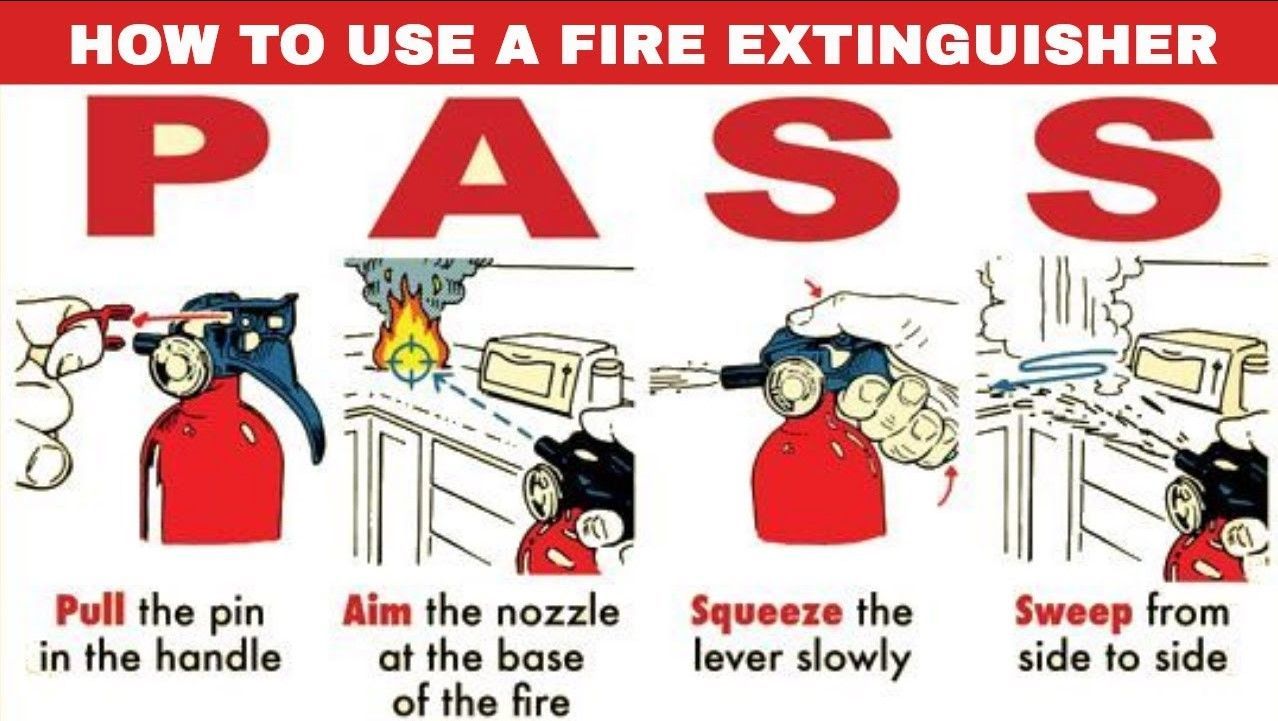
10. Emergency Preparation
Accidents can happen even in the safest homes. Having a few emergency precautions will help you respond quickly if an incident occurs.
- First Aid Kit and Emergency Contacts
Keep a well-stocked first aid kit in a place that's easily accessible. Post emergency contacts, including poison control and local emergency numbers, in a visible location. - Fire Safety Measures
Install smoke and carbon monoxide detectors on every level of the home, and regularly check batteries. Have a fire extinguisher in the kitchen and know how to use it. For an added layer of safety, create a fire escape plan and ensure everyone in the home is familiar with it. - Educate and Inform
If you have family or friends who visit regularly, such as grandparents or babysitters, share your childproofing efforts with them. Let them know the location of safety items like outlet covers, first aid kits, and emergency contacts.
Enjoying Peace of Mind in Your New Home
Taking the time to childproof your home early allows you to enjoy this particular period of life with added peace of mind. When the time comes, your home will be a safe environment that lets your child explore freely while keeping risks at bay. Each room might seem like a project on its own, but with steady progress and attention to detail, you'll have a secure home before you know it.
Share on

